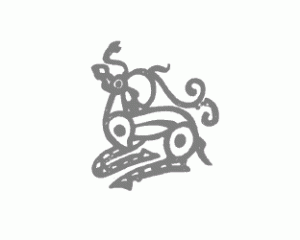1984 - 2012

In the high mountain region of northern Pakistan, where the Hindu Kush, western Himalayas and Karakoram meet, the Upper Indus and some tributaries or pass routes are home to a collection of rock carvings that is unique in its diversity and one of the largest in the world. They are concentrated in the Indus Gorge in an extension of about 100 km between Indus-Kohistan to the Raikot Bridge around the central town of Chilas, but can be found along the course of the river as far as Baltistan and Ladakh. The more than 50,000 rock paintings and more than 5,000 inscriptions represent a period from the Epipalaeolithic or Neolithic in the 6th/5th millennium BC to the Islamization of the mountain region in the 14th century. In their diversity, the rock carvings reflect the influences of various ethnic groups with their cultural and religious beliefs, such as the Saka and Scythians in the 1st millennium BC, and represent a unique collection of sources on the eventful history of this region connecting Central Asia and the Indo-Pakistani subcontinent.
The majority of the engravings date back to the time of Buddhism, which reached its peak between the 5th and 8th centuries after its introduction as a new religion in the 1st century. The historical background of this period is made clear by rock inscriptions, which were written in Kharosthi in the older phase and in Brahmi from the 4th century onwards, but which are joined by Sogdian, Bactrian, Parthian, Chinese and Tibetan inscriptions. The aim is also to include archaeological monuments such as settlements, fortifications and necropolises as well as ancient routes. The aim of the project is to produce a complete, or at least representative, edition and analysis of the individual rock art sites in catalog volumes. A second series of publications is dedicated to individual selected topics on history, cultural history, epigraphy, ethnology and zoology. The project can be seen as an example of international cooperation with specialists from England, France, Pakistan and the United States.
Published volumes
- Antiquities of Northern Pakistan (ANP): http://digi.hadw-bw.de/view/anp
- Materialien zur Archäologie der Nordgebiete Pakistans (MANP): http://digi.hadw-bw.de/view/manp
Digital ressources
Database (external link)
Chairman of the Commission:
Prof. Dr. Eike Wolgast
Head of research:
Prof. Dr. Harald Hauptmann
Employees:
- Dr. Ditte Bandini
- Martin Bemmann, M.A.
- Elisabeth Ochsenfeld

